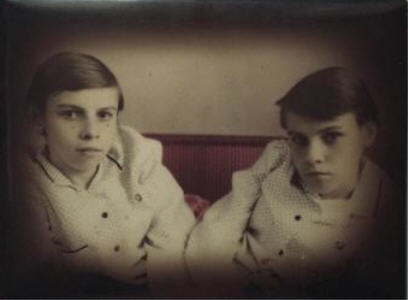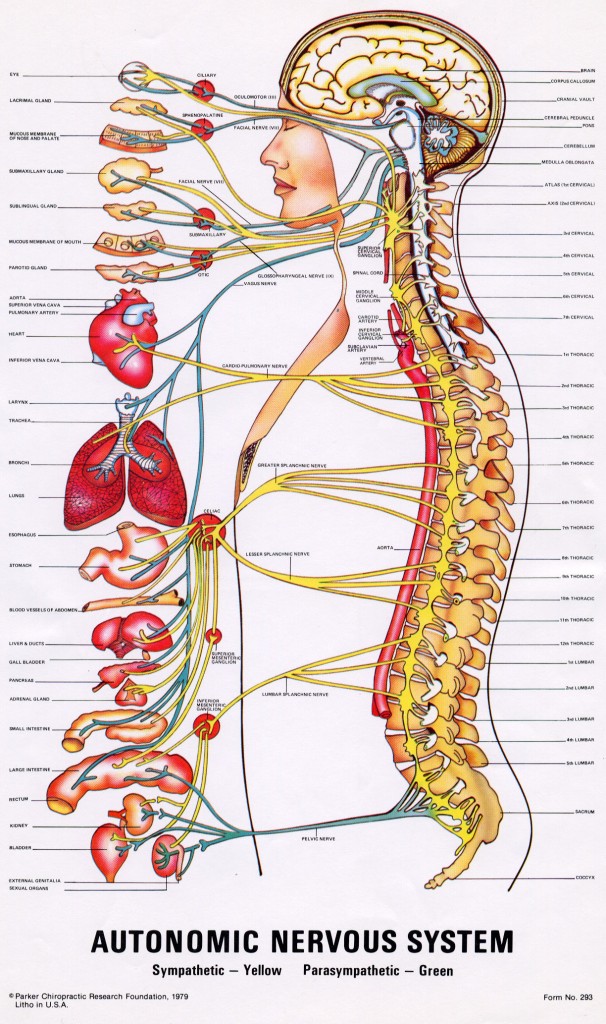← Symptom of the week: Depression/Mental Health Chiropractic – One of the best health investments you can make! →
The Story of Masha and Dasha
Posted on February 25, 2013 by Chiropractor

Born in Russia in 1950, conjoined twins Masha and Dasha were studied extensively by Russian scientists.
The new mother was told that her twin babies had died after birth. However the truth was far different: they were sent to an institute near Moscow to be studied. This was to be the fate of “Masha” and “Dasha”, one of the most unusual sets of “Siamese” or conjoined twins ever born.
Identical twins are formed when a fertilized egg divides into two eggs. The two eggs grow into two babies that are identical in every respect. Conjoined or Siamese twins are formed in the same way as identical twins, but the eggs for some reason, don’t completely separate; instead, they remain partially attached. It was the unique way in which the twins were connected that caused Soviet scientists to take such an interest in them.
Although Masha and Dasha had four arms, they had only three legs. They stood on two of their legs, one controlled by Masha, one by Dasha (they were five before they learned how to walk) while a third, vestigial leg remained in the air behind them. Their upper intestines were separated but they shared a single lower intestine and rectum. They had four kidneys and one bladder, and often disagreed on when to urinate. They had a common reproductive system.
Because their circulatory systems were inter-connected, the twins shared each other’s blood. Therefore, a bacterium or virus that entered one twin’s bloodstream would soon be seen in the blood of her sister. Yet surprisingly, illness affected them differently. Dasha was short-sighted, prone to colds and right-handed. Masha smoked occasionally, had a healthier constitution, higher blood pressure, good eyesight and was left-handed.
The twins differing health patterns presented a mystery. Why did one become ill with a childhood disease, like measles for example, while the other did not? The measles “bug” was in both of their bodies, in their collective bloodstream; so why didn’t both get the measles?
Evidently there is more to “getting the measles” than having the measles “bug”. This phenomenon was seen over and over again with the girls (flu, colds, other childhood diseases were all experienced separately). If germs alone had the power to cause infectious diseases, why would one of the twins be disease-free while the other was ill? What was it in their makeup that differentiated one from the other?
The answer was not far to seek. Although Masha and Dasha had common circulatory, digestive, excretory, lymphatic, endocrine and skeletal systems (they were joined at the hips), they had separate spinal columns and spinal cords. This was the only important difference between the two girls.
Clearly, it is the internal resistance that determines whether a person gets sick or not, with colds, flu and other infectious diseases. Chiropractors have maintained long before Masha and Dasha were born that a good nerve supply is a necessary requirement and a prerequisite to health, and that an interference in the nervous system will adversely affect the body’s internal environment and predispose one to sickness and ill health.

The state of your nervous system can determine whether you have high or low resistance to disease. If you are suffering from disease, the health of your nervous system will play a decisive role in whether or not (and how rapidly) you will recover. Have your spine checked at to keep your spinal column and nervous system functioning at it’s very best!
chiropractor, belfast, back pain, neck pain, headaches, sciatica
← Symptom of the week: Depression/Mental Health Chiropractic – One of the best health investments you can make! →





Leave a Reply